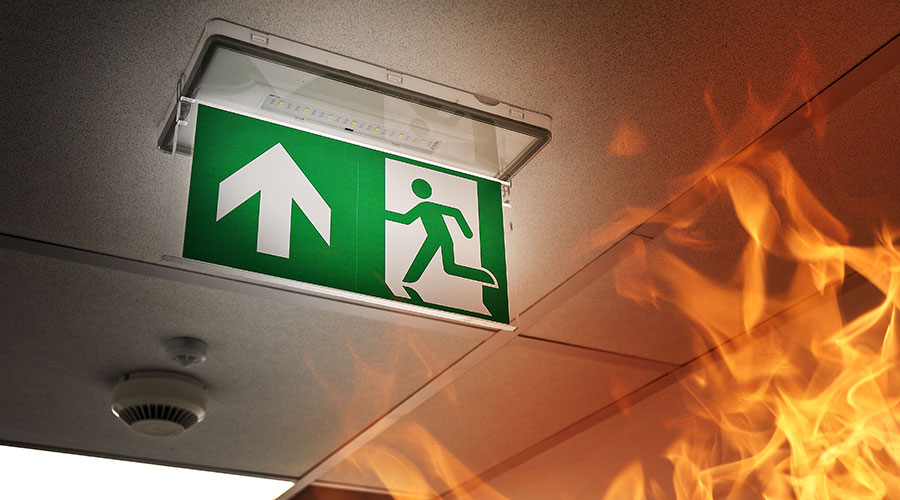Nearby Explosion Damages Avera St. Anthony’s Hospital in Nebraska

No major injuries to patients or employees were reported.
From inclement weather to active shooters, healthcare facility managers must be prepared for emergencies of all kinds. This is especially true when emergencies come without warning. An unexpected explosion near Avera St. Anthony’s Hospital in O’Neill, Nebraska, illustrates this reality.
The hospital sustained damage from an explosion next to its campus on October 7, according to a press release. No major injuries to patients or employees were reported, however, windows and doors were damaged on the east side of the hospital. Avera St. Anthony’s Hospital closed and diverted patients to other hospitals in the area.
The explosion is suspected to have been caused by a gas leak at the nearby St. Patrick’s Parish Center, according to Norfolk Daily News. This explosion resulted in a fire at the parish center and damage to other buildings, including the hospital. The local fire department’s chief information officer says there appears to have been damage to oxygen tanks west of the center and some leakage, though the oxygen tanks themselves aren’t the reason for the explosion.
Healthcare facilities will face many different types of emergencies in their operating lifecycles, and being prepared for them is critical no matter the situation.
Havrion recommends these 10 tips for healthcare facility managers to consider when planning for emergencies:
- Ensure the safety of occupants by enhancing security systems with access controls, surveillance cameras, alarms and external lighting at all access points.
- Update emergency response with smart technologies such as AI-enhanced sensors, physical and digital panic buttons, and smart signage.
- Do periodic preventive maintenance by inspecting HVAC systems, fire safety systems and heavy machinery. Also use cloud-based software to schedule out and keep track of preventative maintenance tasks.
- Install facility management software that helps improve workplace safety, reconfigures shared areas and keeps track of facility usage.
- Assess any potential emergencies and their appropriate responses.
- Go through and identify any business-critical systems such as HVAC, data systems, plumbing, infrastructure, electrical and communications.
- Install asset tracking systems to keep tabs on all of an organization’s assets and protect valuable assets.
- Clearly define what emergency actions are assigned to which individuals.
- Test emergency procedures by performing regular drills.
- Develop an effective emergency communication plan with all stakeholders and collaborators.
Jeff Wardon, Jr., is the assistant editor for the facilities market.
The post "Nearby Explosion Damages Avera St. Anthony's Hospital in Nebraska" appeared first on Healthcare Facilities Today

